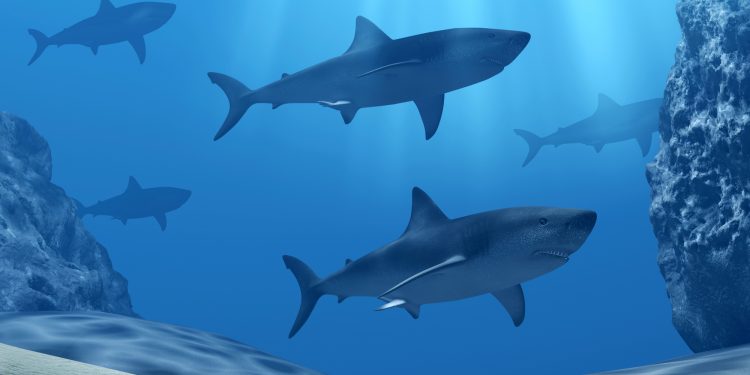The Biodiversity Impact Mitigation (BIM) hierarchy and marine megafauna by-catch management: a bridge between conservation and fisheries
A new conceptual model applying the BIM to bycatch management has been developed by a team lead by Dr Milner-Gulland and colleagues, including Serge M. Garcia and Tony Charles from FEG. The BIM is widely used on land to promote development with No Net Loss (NNL) of biodiversity. The conceptual model applies the approach to marine megafauna bycatch impact mitigation, starting with an overarching goal with associated quantitative target, and proceeding through the BIM steps of avoidance, minimization, remediation and offsetting, where the latter is acceptable. Issues addressed include: the hierarchical nature of mitigation; out-of-kind offsets; research as an offset; implementation incentives; societal limits and uncertainty. The paper stresses the importance of clear agreed goals, multiple-species perspectives, cross-jurisdictional frames, and further empirical testing applications in fisheries, accounting for complex interactions, policy leakage and uncertainty to improve both conservation and fisheries outcomes. The paper is a follow-up to the FEG Multidisciplinary workshop addressing Ecosystem-Level Impacts of Fisheries Bycatch on Marine Megafauna organized in 2014. See the report here. The full paper is accessible here.



